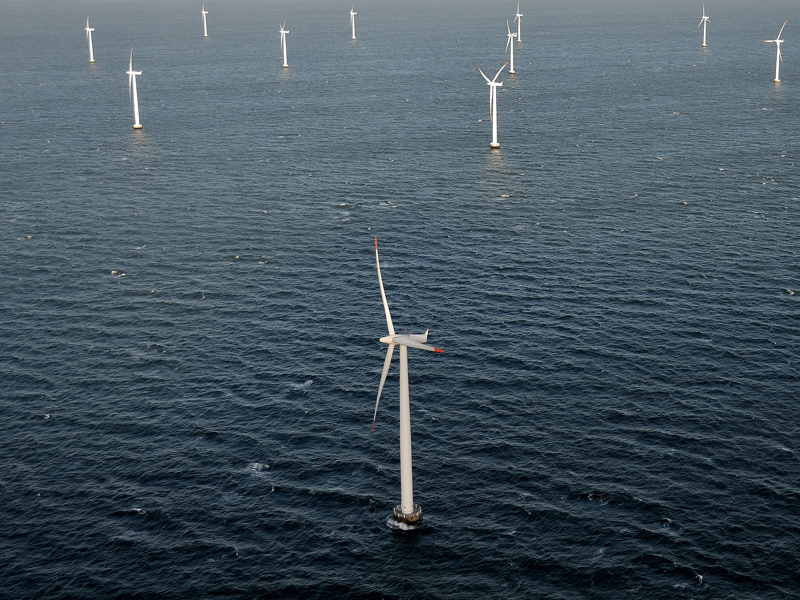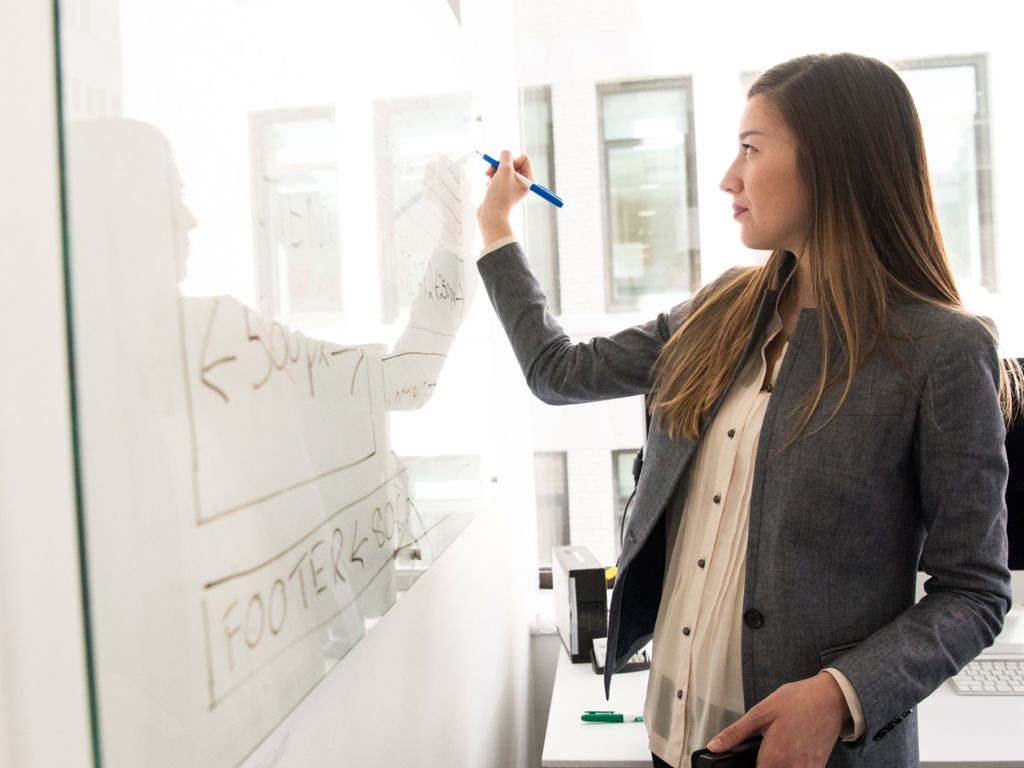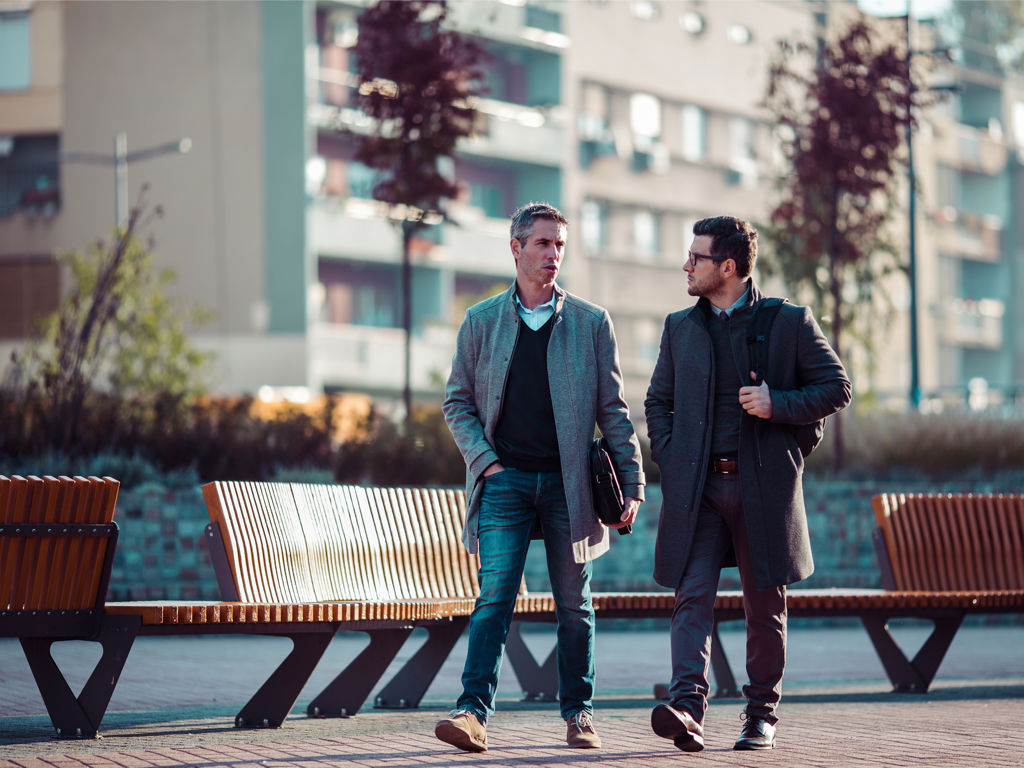Seven out of ten Banking Activities can be Greener
Jyske Bank is one of the first in the world to analyse how much CO2 each banking product emits. The next step is to train bank personnel in sustainability.
A wind turbine is something physical. Jyske Bank reported in February that it will seek to become CO2-neutral as a business. A wind turbine is also a symbol of the complexity of the work currently being done in the bank.
“We do not pollute much, but we are taking our own medicine, and will be fully CO2-neutral”, explains Senior Director Ole Sørensen, who works in Jyske Bank Capital Markets.
In common with banks all over the world, Jyske Bank subscribed to the UN principles for responsible banking some years ago. A number of initiatives have been launched, which for Ole Sørensen means that he has spent up to half of his working hours familiarising himself with the sustainable agenda. That time has been spent both within the bank, and outside it, as Sørensen is a member of Finance Denmark’s steering group on Sustainable Finance, which recently published ten steps on how to accelerate the sustainable agenda in the sector.

Jyske Bank was also one of the first in the world to conduct an analysis of the size of its CO2 footprint.
“We've looked at every part of our business which we can directly or indirectly influence. We arrived at a total figure of DKK 648 billion”, explains Sørensen.
10% of that amount comes from products that pull us in the right direction, whilst no less than 70% is rooted in sectors and activities where there are plenty of chances to reduce the emission of greenhouse gases.
“Some of the biggest sinners, but that also represent the best opportunities to become greener, are our buildings. Not because Danish buildings have a massive CO2 footprint in relation to some of the problems encountered in other countries, but because Jyske Realkredit is a major part of the group”.
The bank has now pinpointed the best opportunities for enhancing sustainability, and the next step is to train its investment and business advisors accordingly, and offer customers more products that support sustainability. Exactly when is uncertain, as a certain virus has taken centre stage, but training will be extensive according to Sørensen:
“A completely new mindset and new skills are needed to advise on sustainability. It needs to permeate the entire bank, and I believe that most employees will be covered by the training programme”.
Sustainable lending
-
Jyske Bank will finance additional production of sustainable electricity in 2025, equivalent to 6% of Danish production.
-
Jyske Bank will develop products that help and motivate customers to renovate their property to make it more energy-efficient.
-
40% of new loans for financing vehicles in 2025 will go to energy-efficient types.





